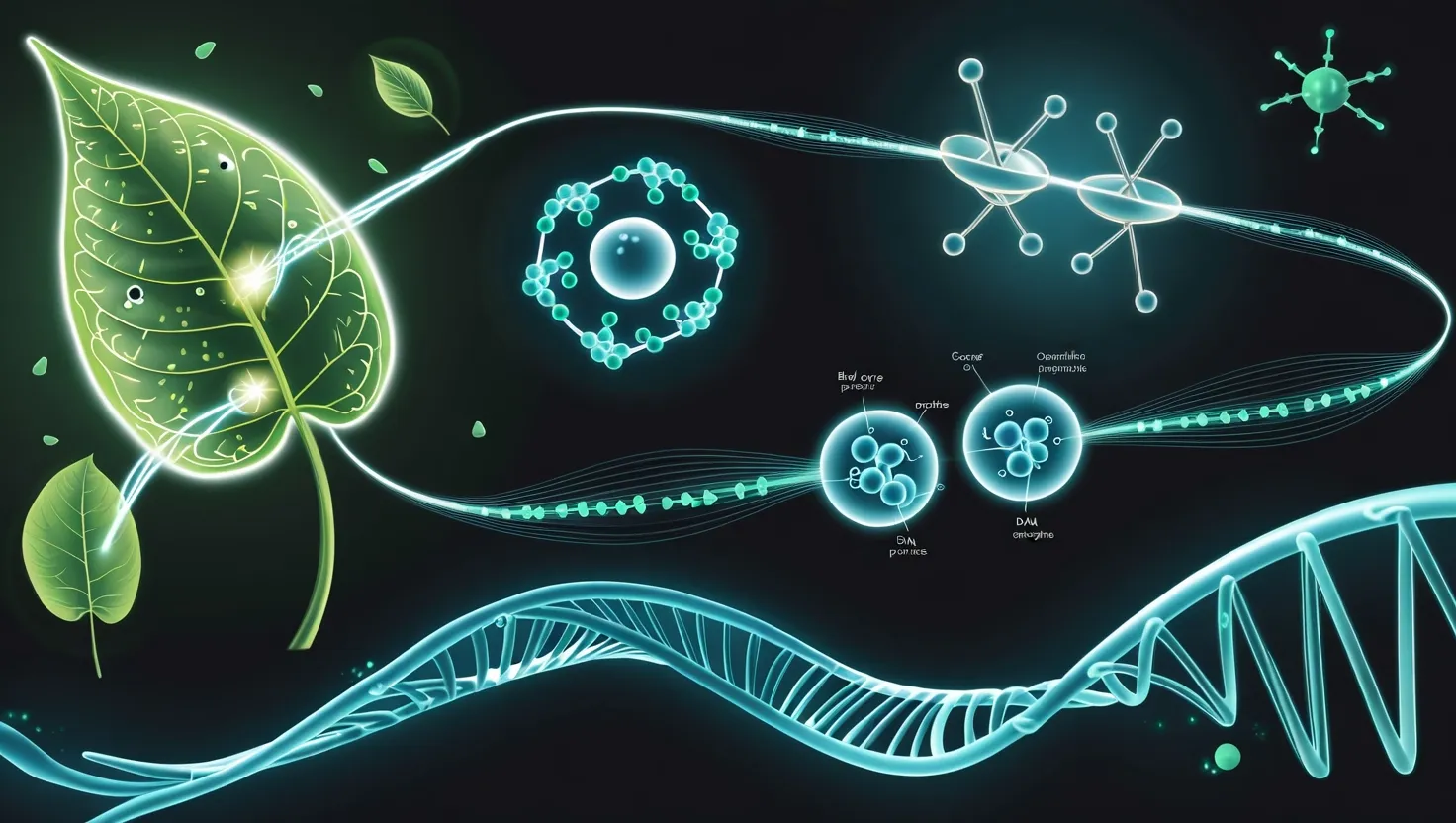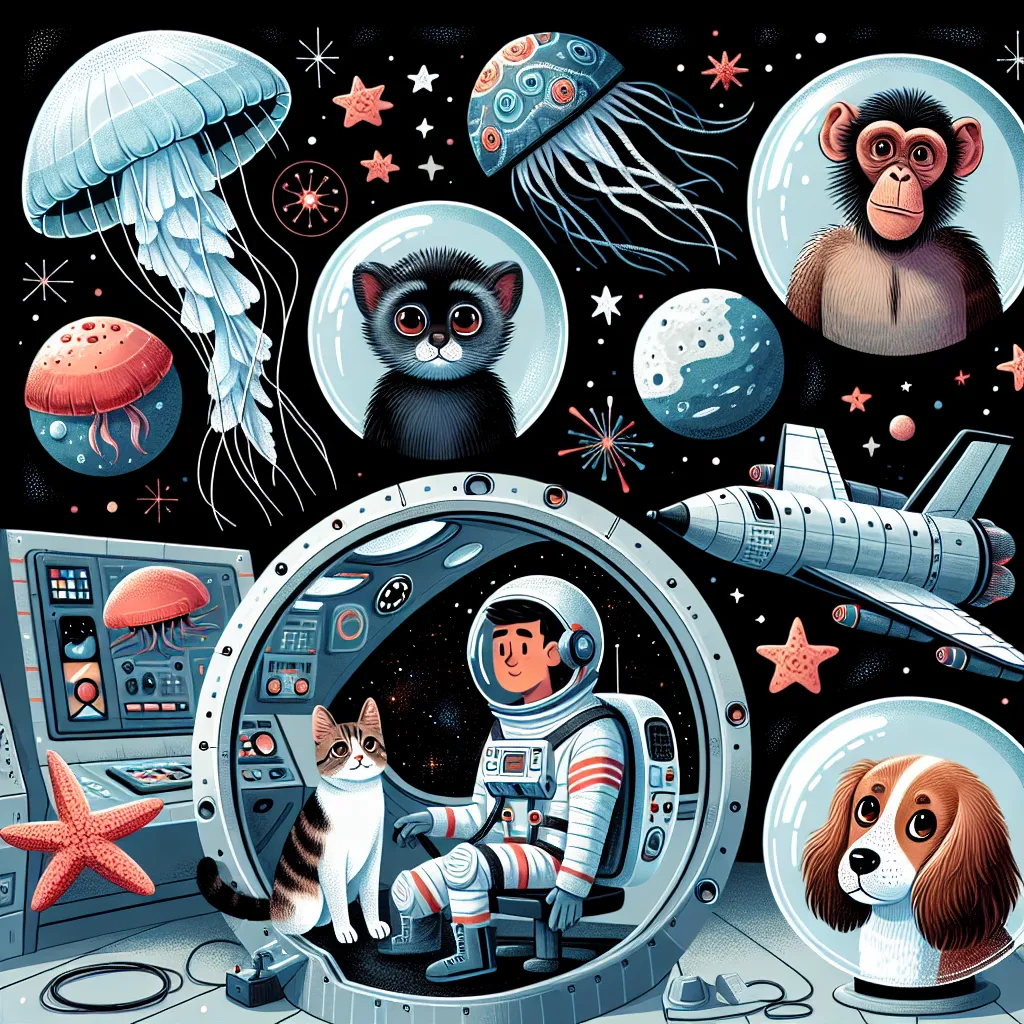Quantum biology sits at the intersection of the smallest building blocks of our universe and the very essence of life itself. Picture this: beneath the ordinary functions of plants, animals, and even ourselves, quantum mechanics—the strange world where particles can exist in multiple places at once—may play a silent but vital role. For years, the idea that the quantum realm could directly influence living creatures seemed outlandish. But recent evidence nudges us to reconsider, and perhaps, to question how much we truly understand about life’s machinery.
Let me start with photosynthesis, a process we all learned in school but rarely give a second thought. Typically, we imagine sunlight beaming down, plants collecting those rays, and the miraculous conversion into food. But what if I told you that inside a leaf, light energy doesn’t travel a single, zigzagging route? Instead, it moves through multiple pathways at the exact same time. This phenomenon, called quantum coherence, enables plants to shuttle energy with remarkable efficiency. Imagine threading a needle with a hundred strings at once, with each finding the quickest way through, instantaneously. How can a process depending on the chaos of sunlight and molecular vibrations be so flawless? It’s as if nature found a cheat code written in quantum rules to keep things running perfectly.
“Nature composes some of her loveliest poems for the microscope and the telescope.” —Theodore Roszak
Bird migration is another puzzle. How do birds navigate vast continents, often without error? While we’ve blamed instinct for years, quantum theory points to something far stranger. Inside certain bird retinas, proteins called cryptochromes might create pairs of electrons whose quantum states are delicately linked—a phenomenon known as entanglement. It might sound like science fiction, but think of these pairs as cosmic twins: whatever happens to one instantly influences the other, even from a distance. This quantum sensory system could let birds literally ‘see’ magnetic fields, providing a living compass that classical biology fails to explain. Have you ever wondered whether you carry similar quantum tricks in your own biology?
“If you think you understand quantum mechanics, you don’t understand quantum mechanics.” —Richard Feynman
The more we learn, the more the boundaries between physics and biology dissolve. Take enzymes—proteins that speed up every reaction in your body. They’re so efficient that scientists long suspected an extra ingredient at work. The answer may lie in quantum tunneling, where particles like electrons or protons pass straight through energy barriers they wouldn’t cross by normal rules. Think of it like a ghost walking through a wall. When an enzyme comes into play, it doesn’t always push or bend molecules the traditional way. Sometimes, it offers a shortcut by allowing vital particles to skip obstacles altogether. This quantum trick enables even the slowest biochemical processes to happen in a blink. Does this change how we view life’s complexity—not as a slow grind, but as a dance with the fundamental rules of the universe?
Nowhere is this dance more mysterious than our sense of smell. It’s easy to believe that noses simply identify scents by matching the shape of a molecule—like a lock and key. Yet, animals (and some people) detect the same odor from molecules that look nothing alike but vibrate in similar ways. This hints at a different explanation: our noses may use quantum vibrations, where odor molecules ‘ring’ at distinct frequencies, and the nose detects these signatures via electron tunneling—a quantum process. Imagine listening to a symphony where you recognize instruments not by their shape, but by the unique vibration of their sound. Could this quantum nose explain why we can distinguish thousands of scents with fine precision?
“Imagination is more important than knowledge. For knowledge is limited, whereas imagination embraces the entire world.” —Albert Einstein
Let’s not forget genetic mutation, which sits at the heart of evolution. The random changes in DNA have shaped every form of life on earth, but what causes these mutations at the molecular level? New theories suggest that protons within the DNA double helix may sometimes ‘tunnel’ to new positions—a process impossible under classical physics. This tunneling leads to the swapping of genetic letters, creating the raw material for evolution itself. What does this mean for our understanding of nature’s creativity? Are quantum events seeding the variability that drives life forward, or could they even explain why mutation rates are as high—or as low—as they are in different organisms?
Now, here’s a question: if quantum processes are at the core of life, how far might these principles reach? Could quantum effects explain consciousness, or even the origins of life? The answer is still out of reach, but it is clear that quantum biology urges us to ask radically new questions.
Most science teaches us to divide biology from physics, viewing organisms as orderly machines ready to be taken apart and analyzed piece by piece. But these quantum puzzles resist such reduction. Studying them means embracing a more holistic view of nature, where chaos and order, chance and necessity, blur into one. We’re left asking: To what extent might nature’s greatest inventions rely on laws we barely understand?
“There are more things in Heaven and Earth, Horatio, than are dreamt of in your philosophy.” —William Shakespeare
It’s tempting to think these ideas are pure speculation, but the evidence accumulates. Researchers now coax bacteria into quantum entanglement. Scientists map the migration patterns of animals only to find they follow invisible highways etched into Earth’s magnetic field. Biochemists see enzymes dancing on the edge of impossibility, performing in ways that textbooks can’t predict. Each time a quantum effect is revealed in biology, it inspires new technologies: from ultra-sensitive compasses to artificial photosynthesis and advanced medical imaging. Quantum biology could transform not just science, but the world we create.
And so the questions intensify: If birds and bacteria exploit quantum effects, what about humans? Does our own biology hide quantum secrets that await discovery? What other biological phenomena—perhaps even healing, perception, or brain function—depend on the quantum world?
When we look at the future of quantum biology, it isn’t merely a matter of solving scientific riddles. It’s about shifting our perspective. We’re asked to approach life not just as a sum of chemical reactions, but as a system tuned—sometimes exquisitely—to the fabric of reality itself. Could the marvels of consciousness, creativity, and perhaps even free will, find roots in a universe that is at its core, fundamentally probabilistic?
Quantum biology pushes me, and perhaps you, to reconsider life’s complexity and elegance. It demands humility: every answer seems to open further questions. But perhaps that’s the greatest mystery of all—the idea that at the scarcest edge of existence, in the shadowy world of the very small, life writes its own rules, one quantum leap at a time.
So next time you walk past a field of wildflowers, consider this: every leaf, every bird overhead, every breath you take, may be weaving quantum secrets into the fabric of the everyday world. That realization changes what it means to be alive and reveals that even the most ordinary acts contain possibilities stranger than we ever imagined.






